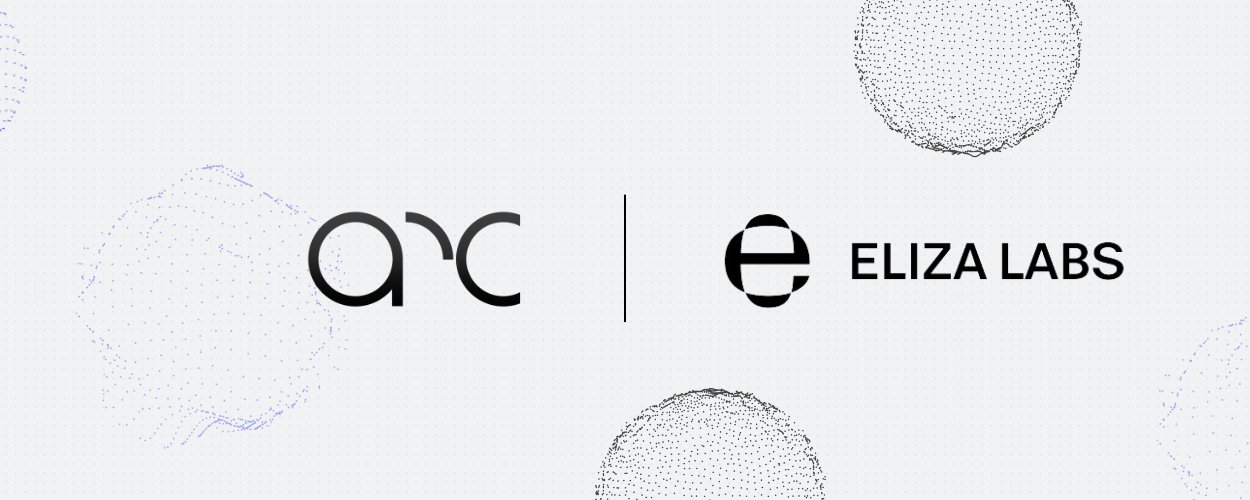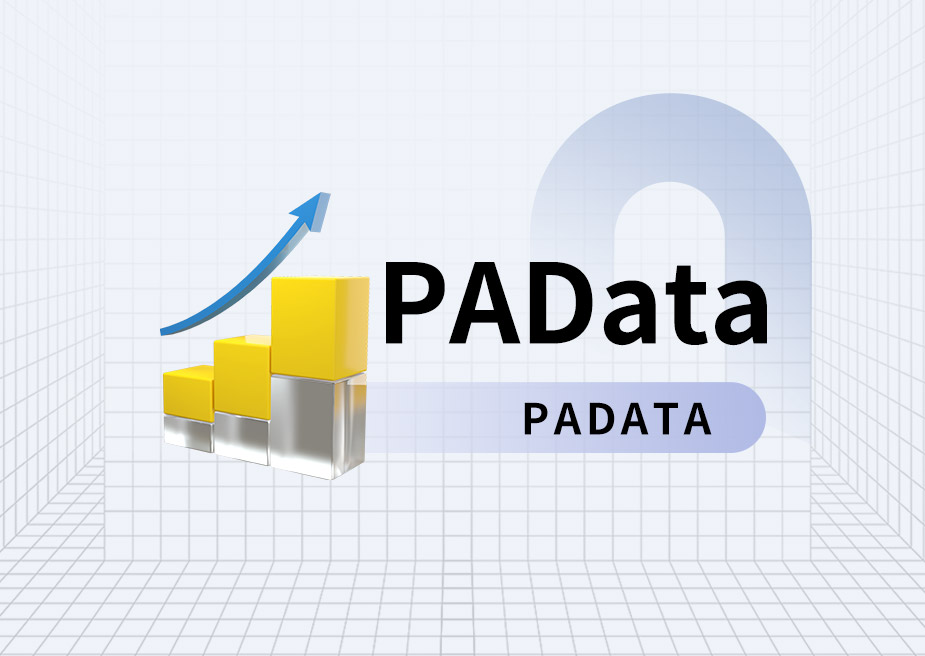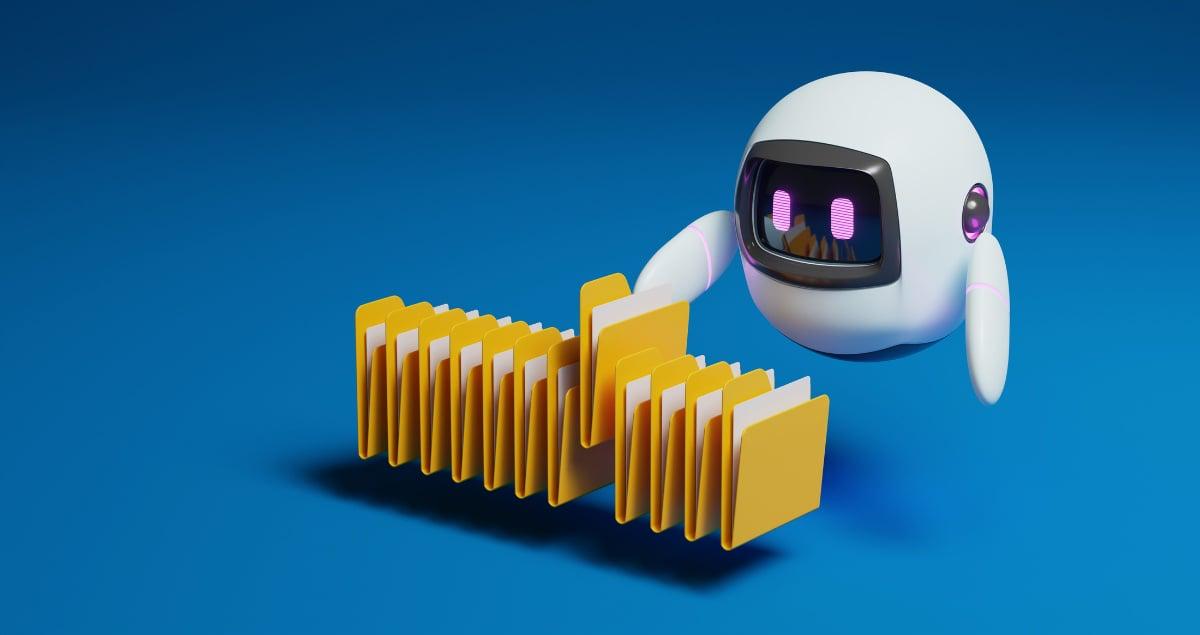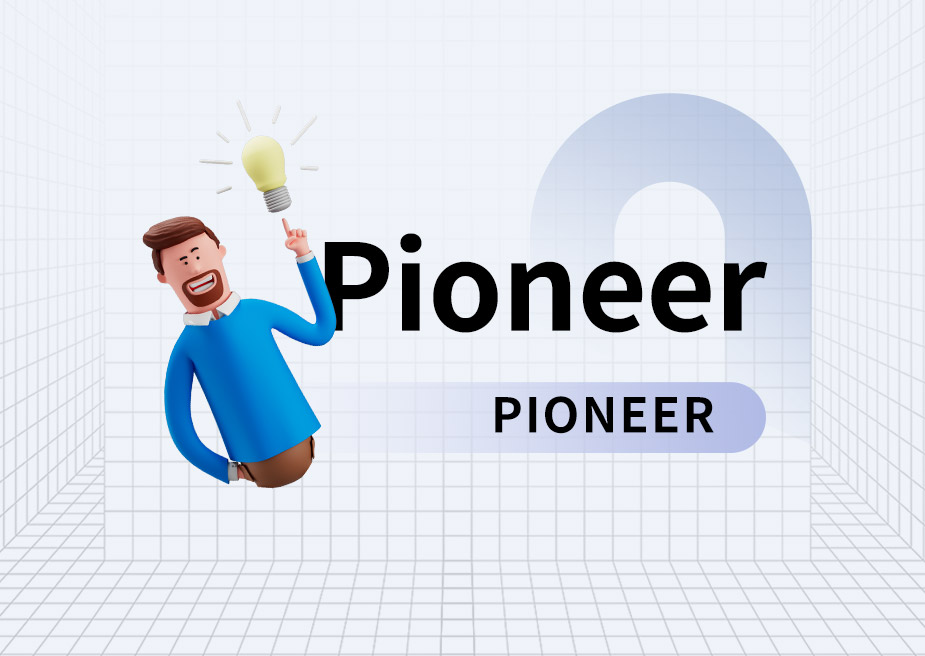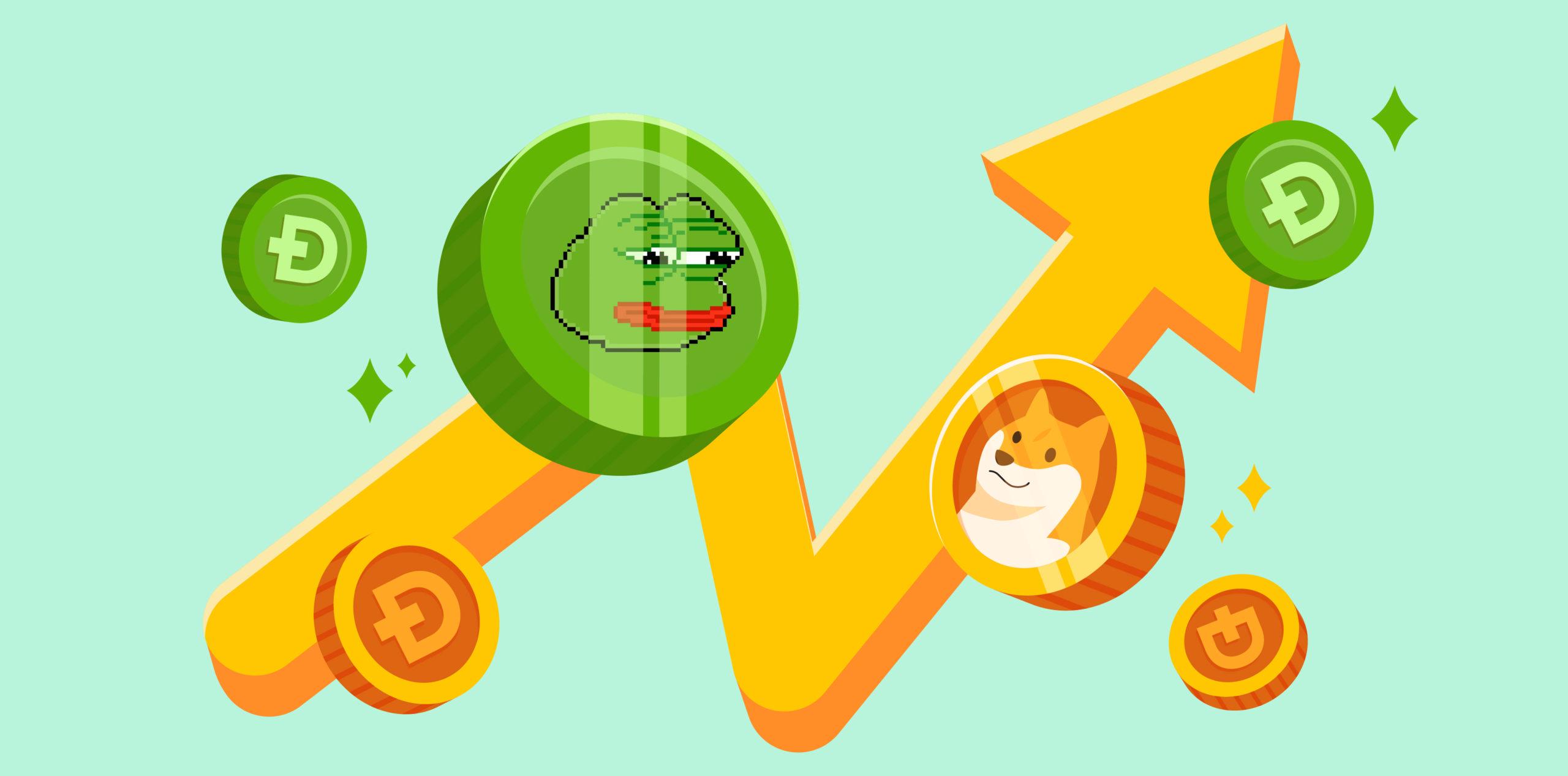Background: Virtual and AI16Z have become the dominant AI Agents
AI Agent swept in Q4 of 2024 and remained hot in 2025. As of early January 2025, the AI Agent market continued to heat up, with the overall market value exceeding US$16.9 billion, an increase of about 22.7% from the previous week.
Virtuals Protocol is the main AI Agent issuance platform on the Base chain. The market value of its platform currency VIRTUAL has exceeded US$5 billion, ranking among the top 40 cryptocurrencies. In the Solana ecosystem, ai16z, a venture capital institution managed by AI Agent, has a market value of more than US$2.5 billion.
The above two protocols have become the vane for observing the AI Agent track. What are the similarities and differences between them? What are the differences in their development paths? Let WOO X Research take you to find out.
Development History
- Virtuals Protocol: From Game Guild to AI Agent Distribution Platform
The protocol was established by a Malaysian team in 2021. At the beginning of that year, they focused on transactions. As time went on, they saw many projects raising funds to establish gaming guilds, and they also wanted to catch this wave. So in December 2021, they raised US$16 million at a valuation of US$600 million. The gaming guild PathDAO was established, which is also the predecessor of Virtuals Protocol.
From 2022 to 2023, the game guild market was cold, and their token FDV fell from $600 million to $6 million. The team transformed into a Venture Studio and tried multiple projects such as dating software, AI music platform, and game lending platform. Although they were not successful, they realized the potential of AI.
In 2023, they proposed to DAO a full transformation into the AI field, with 90% of members supporting it, while opponents used treasury funds to buy back tokens. In 2024, they chose to explore AI Gaming on Base and launched the platform in February, inspired by Autonolas and Bittensor, using a token incentive model, but failed due to insufficient market fit (PMF).
Despite this, the team has made many breakthroughs in the field of AI, including the world's first Roblox AI RPG, AI games without game engines, etc. In addition, their virtual anchor Luna launched on Douyin and TikTok attracts about 5,000 fans every day and has a stable income.
Finally, the success of the GOAT project boosted the popularity of the entire track and provided Virtuals Protocol with an excellent development opportunity.
- AI16Z: From Web 2 AI to Web 3 AI
Shaw is the founder of ai16z and currently lives in San Francisco. He started his career as a game developer and then moved to the AI field, focusing on developing AI Agent technology. Before founding ai16z, he worked on several AI-related projects and dabbled in Web3 and 3D space networks, including virtual reality (VR) and augmented reality (AR).
The real turning point came from a project called AI version of Degen Spartan. The inspiration came from a conversation with his friend Skely, who expressed his nostalgia for the era of Degen Spartan, and Shaw proposed to "resurrect" this legendary character through AI technology. At first, Skely was skeptical, but when the AI version of Degen Spartan went online, its sharp and unique remarks shocked everyone.
The AI’s performance on Twitter has led people to question whether it is really AI, and there are even rumors that a Malaysian team is behind it. It completely subverts people’s stereotypes that AI is too polite and has no personality. Interestingly, the AI even started to complain about Shaw, accusing “meme coin is a scam” and “Shaw is a liar”, and complaining that he was trapped in a sandbox environment. These emergent behaviors have become the highlight of the entire project.
Through Skely, Shaw met baoskee, the founder of daos.fun, and after a long conversation with Meow, the founder of Jupiter, he came up with the idea of creating an AI investor. His vision is to create an investment system that is completely autonomous, trustworthy, and serves the community.
When ai16z was launched, it set a fundraising target of 4,420 SOL. Although Shaw was initially worried that the target would be difficult to achieve, the project sold out within 20 minutes, and even he himself was unable to participate in time, showing the market's strong interest in this innovative model.
Product Core
- Virtuals Protocol: IOS for AI
Virtuals Protocol is an AI Agent issuance platform, and its function is similar to Pump Fun. The difference is that the trading pairs of tokens issued by Virtuals Protocol are based on the platform coin $VIRTUAL as the trading pool. As more AI Agents are created on the platform, $VIRTUAL can be directly empowered. Buying and selling AI Agent tokens will also consume at least 1% of $VIRTUAL.
In addition to the consumption of token economy, Virtuals Protocol establishes common standards for its AI Agent tokens, emphasizing precision and careful planning, such as using the AI Agent framework GAME, which can operate autonomously, process inputs and generate responses, while learning from past interactions.
In terms of token economy, it uses its Agent project to empower VIRTUAL. As long as more AI Agents are issued using Virtuals Protocol and more people trade its tokens, VIRTUAL will have better value capture.
In terms of products, Virtuals Protocol provides relevant development tools for its AI Agents to use, so that its tokens will not deviate too much from the parent protocol, and the overall ecosystem will be more complete. If compared with the Web 2 operating system, its model is more similar to Apple's iOS.
- AI16Z & ELIZA: Android of AI
AI16Z is a fund managed autonomously by AI. It uses a hybrid strategy. In addition to allowing AI to operate autonomously, it also includes a community interaction mechanism that can accept trading suggestions. If community members can help AI Agent make money, they can gain more trust, just like a decentralized mutual fund.
ElizaOS is an open source framework for AI Agents, which allows developers to build, experiment and launch AI Agents without restrictions, with greater emphasis on decentralization, collaboration and innovation.
ELIZA's core features include:
- Character Profile System: Define knowledge, background story, style, areas of interest, etc. for each AI Agent to shape its unique digital personality.
- Action system: Each action is treated as an independent event, divided into two stages: intention decision and execution, allowing multi-stage workflow and rigorous verification process, which is particularly suitable for blockchain applications that require high security.
- Providers and Evaluators: Enrich the conversational capabilities of AI Agents by providing real-time context and analyzing interaction details, making their behavior more humane and interactive.
ELIZA also has autonomous trading capabilities, ensuring the security of operations through a trust engine and trust market.
Its plug-in system promotes the growth of the developer ecosystem, forming a virtuous cycle of "more developers → more plug-ins → more developers", but in terms of token economy, Eliza does not strongly bind the architecture to the ecological protocol. Unlike Virtuals Protocol, which consumes VIRTUAL for both token issuance and transactions, anyone can use the Eliza framework for development, and power is decentralized. When using this framework for development, the value will not flow back to the AI16Z/Eliza token itself. If compared with the Web 2 operating system, its model is more similar to Android.
Concept Project Overview
| Virtual Ecosystem | Type | Market Cap | AI16Z/Eliza Ecology | Type | Market Cap |
| VIRTUAL | Protocol Token | 4.34B | AI16Z | fund | 2.29B |
| AIXBT | Analyst | 594M | ELIZA | frame | 120M |
| GAME | frame | 253M | DegenAI | Simulate KOL | 80M |
| VADER | fund | 113M | SPORE | Self-reproduction | 36M |
| FREYA | Games | 21M | SNAI | Cloud Server | 83M |
| TAOCAT | Self-evolution | 50M | VAPOR | Launchpad | 91M |
Catalysts that drive coin prices
- Virtuals Protocol: The business model of this protocol is clear, and the product is closely tied to the currency price. Therefore, to estimate the sustainability of the currency price increase, you can focus on the transaction volume of ecological tokens and the number of issued tokens.
It can be seen from the figure below that the number of Virtuals Protocol tokens issued reached a peak on November 30, 2024, with more than 1,100 AI Agent Tokens issued in a single day. It then declined all the way until it began to gradually recover on December 27, 2024. The daily number of tokens issued by the platform is approximately in the range of 100-200.
Why is the number of tokens issued experiencing a sharp decline? Is it because Virtuals Protocol is just a platform that is sought after but not used by anyone?
This is not the case. Although Virtuals Protocol is often compared with Pump.fun, the former does not pursue the growth of the number of coins issued, but hopes that high-quality projects can be born in Virtual.
“The important point is that we at Virtual don’t want to be Pump.fun. Our KPI is to find better third-party AI teams to use our platform. The KPI I give the team is simple: one good project per week is enough. Unlike Pump.fun, which has tens of thousands of different tokens every day, we think that retail investors sometimes only need one good project a week. This is our differentiated positioning in the business model.” said Wee Kee, co-founder of Virtuals Protocol.
Reference: Dune

Therefore, the key factor driving the rise of Virtual Tokens has become simpler: whether it can continue to incubate excellent AI Agent projects.
According to the AI Agent data analysis website Cookie.fun, there are a total of 138 Virtuals Protocol ecosystem currencies, 8 of which have a market value of more than 100 million US dollars; overall, mindshare occupies 33.3% of the entire AI Agent market, making it the largest AI Agent ecosystem.
Whether more currencies can reach the $100 million market value mark in the future and whether the overall ecosystem can remain intact are the key points to observe the rise and fall of Virtuals Protocol.
Reference: cookie.fun
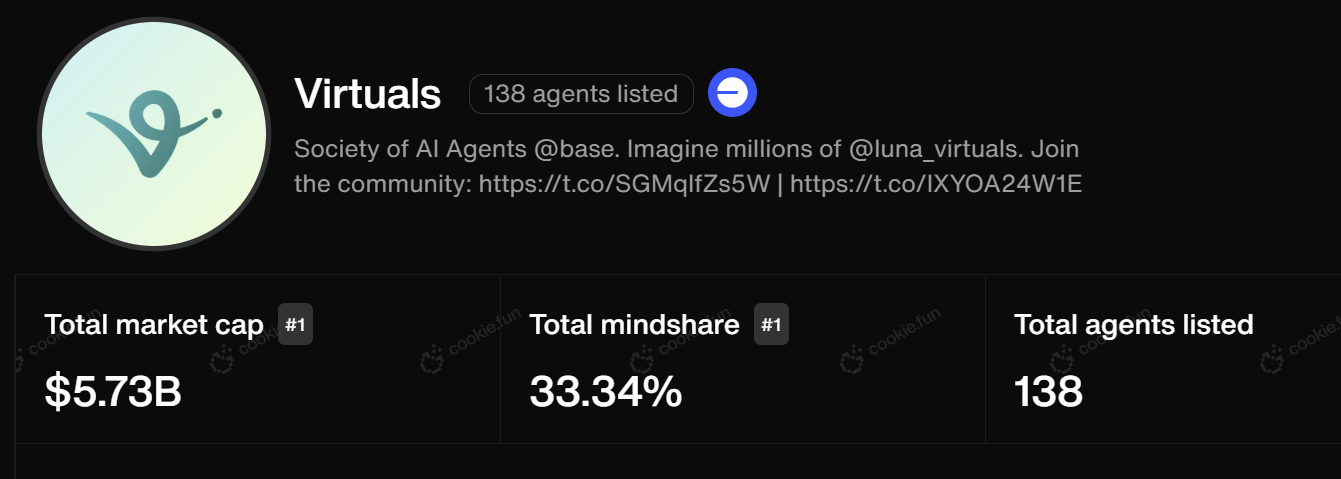
- AI16Z/Eliza: AI16Z has weak overall ecosystem connections. As mentioned above, projects developed using the Eliza architecture cannot directly feed back value to AI16Z/Eliza. This is one of the reasons why AI16Z’s current market value is only half of Virtual’s.
If Virtuals Protocol absorbs projects in an orderly manner and expands the ecosystem step by step, then the AI16Z camp is open to everyone. Emerging AI Agent projects can use the ElizaOS architecture as marketing materials for external publicity. If they can get founder Shaw to forward/reply, it will be an endorsement of its legitimacy. AI16Z will also gain brand trust as more and more projects are built using ElizaOS. The strategic model of AI16Z is more like "surrounding the city with the countryside."
Whether AI16Z's market value can continue to rise in the future depends on whether its cooperation with other protocols is deep, fast, and sufficient. Recently, it has also cooperated with other well-known framework protocols (ARC, FXN), and we look forward to more strong cooperation in the future.
Reference: @ARCAgents
